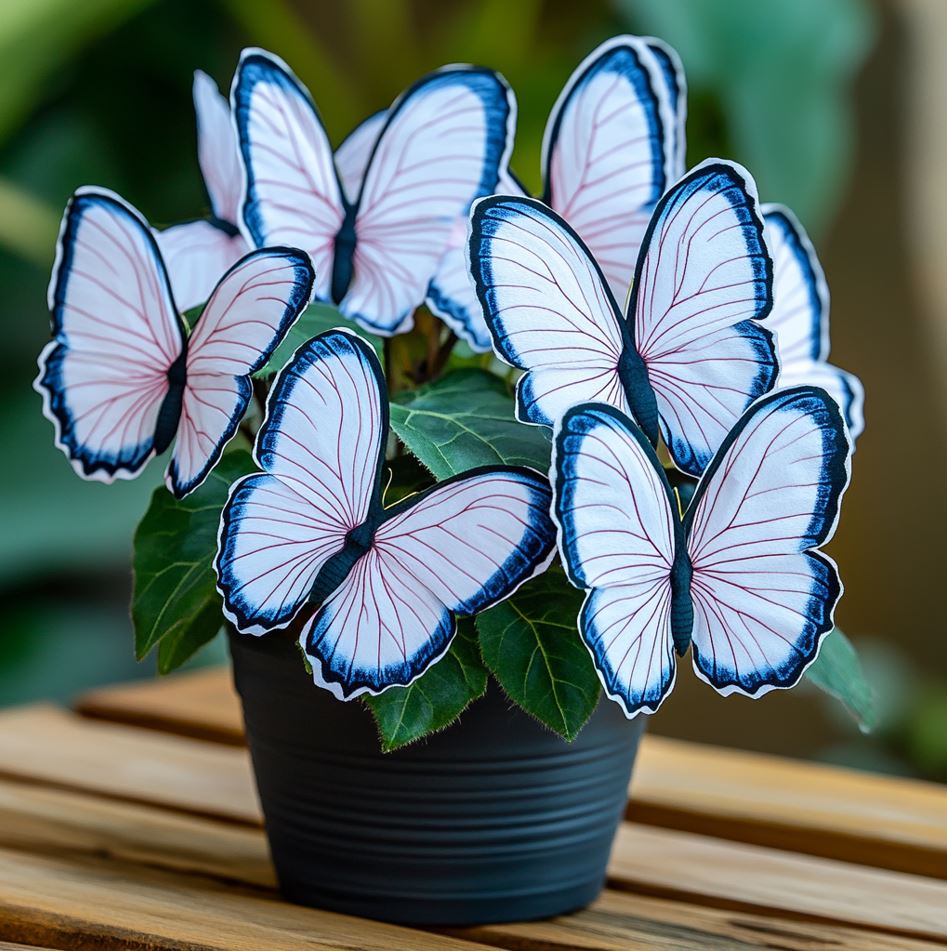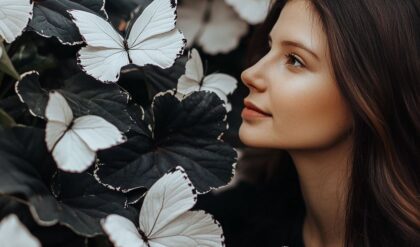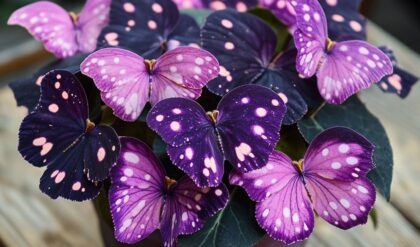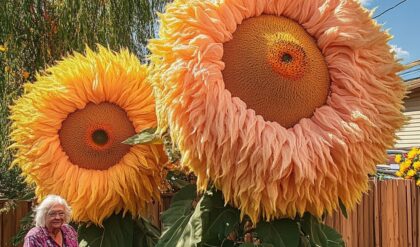In the captivating realm of social media, stunning images of a plant known as the Butterfly Begonia have captured the public’s imagination. Vibrant colors, ethereal designs, and a sense of otherworldly beauty have made this alluring flora a viral sensation. However, as the digital age blurs the lines between reality and illusion, the question arises: is the Butterfly Begonia real or merely a fabrication?

The Illusion of Reality: Misleading Visuals
The Captivating Allure of AI-Generated Imagery
Many unsuspecting plant enthusiasts were initially enamored by photographs labeled as the Begonia Moonlight Butterfly, finding them irresistible and enchanting. However, recent investigations suggest that these images are predominantly AI-generated, serving to attract clicks rather than educate viewers about genuine botanical diversity. The specifications that make this flower appear so alluring, such as its vibrant colors and ethereal designs, highlight a curious tendency within digital culture: our craving for novelty often supersedes our search for truth.
The Illusion of Authenticity
In the age of curated social media feeds, authenticity can easily become a victim of aesthetic enhancement. The original claims about the Butterfly Begonia were made within social spheres that many regard as credible, such as Facebook pages, yet those were soon followed by warnings labeling them as scams. This zigzagging perspective underscores the importance of being discerning consumers of information, especially in an era dominated by viral trends.
Questioning the Veracity of Digital Representations
The exposure of the Butterfly Begonia as a non-existent plant implicates wider issues regarding trust in information shared online. If such a widely circulated piece of faux-nature can develop credibility, what else might be lurking beneath the surface of our digital engagements? We live in a strangely paradoxical world, where we yearn for connection to nature while simultaneously navigating its representation through fabricated lenses.

Decoding Digital Mythologies: Creation versus Natural Selection
Mythological Storytelling in the Digital Age
The situation surrounding the Butterfly Begonia invites comparisons with mythological storytelling in ancient cultures. Just as the Greeks wove tales that depicted godly interactions with nature, modern creatives—whether by using technology or artistic skills—traditionally bestow exaggerated beauty upon plants through digital fabrication. The consequences of these myths can occasionally contribute to a collective fantasy that shapes our tastes, consumer habits, and even environmental policies.
The Implications of Digital Myths on Biodiversity
But herein lies a deeper contemplation: What does the perpetuation of such digital myths mean for our understanding of biodiversity? If popular trends are inspired by imaginary plants, how can we ensure the preservation of real species that are either endangered or overlooked? In this context, creatures of fiction could end up overshadowing their struggling counterparts, leading to a distorted valuation of natural biodiversity versus a digitally designed aesthetic.
Reconciling the Real and the Imagined
In seeking to uncover the reality of the Butterfly Begonia, one is led to ponder the broader implications of authenticity in everything from science to art. Just as the quest for true knowledge persists, so too does the desire for genuine, unmanufactured experience in life itself. Our fascination with mythical plants symbolizes not just a pursuit of beauty but also an inherent longing for connection—both to the earth and to each other.

The Quest for Authenticity: Embracing the Wonders of the Natural World
Moving Beyond Synthetic Fantasies
By navigating away from illusions, there’s space to embrace the real marvels around us. Instead of chasing after synthetic fantasies, perhaps it’s time to delve into the rich tapestry of existing flora that struggle for recognition in the shadows. In doing so, we might cultivate a much more profound appreciation for the wonders that nature offers sans modification.
Cultivating a Deeper Appreciation for Biodiversity
The quest to uncover the truth behind the Butterfly Begonia serves as a microcosm of a broader societal challenge: how do we navigate the complex interplay between digital representations and the natural world? By fostering a greater understanding and respect for authentic botanical diversity, we can ensure that the real marvels of nature take center stage, rather than being overshadowed by fabricated illusions.
Embracing the Complexity of the Natural World
In an era where the digital landscape often presents a simplified or curated version of reality, the Butterfly Begonia saga reminds us of the richness and complexity inherent in the natural world. By embracing this complexity and seeking to understand the true wonders that exist around us, we can cultivate a more meaningful and sustainable relationship with our environment.
Conclusion: Navigating the Intersection of the Digital and the Natural
The enigma of the Butterfly Begonia has shed light on the delicate balance between the digital and the natural realms. As we navigate this increasingly intertwined landscape, it is crucial that we maintain a critical eye and a deep appreciation for the authentic beauty and diversity of the natural world. Only by embracing the truth, rather than chasing after illusions, can we truly reconnect with the wonder and complexity of the world around us.




